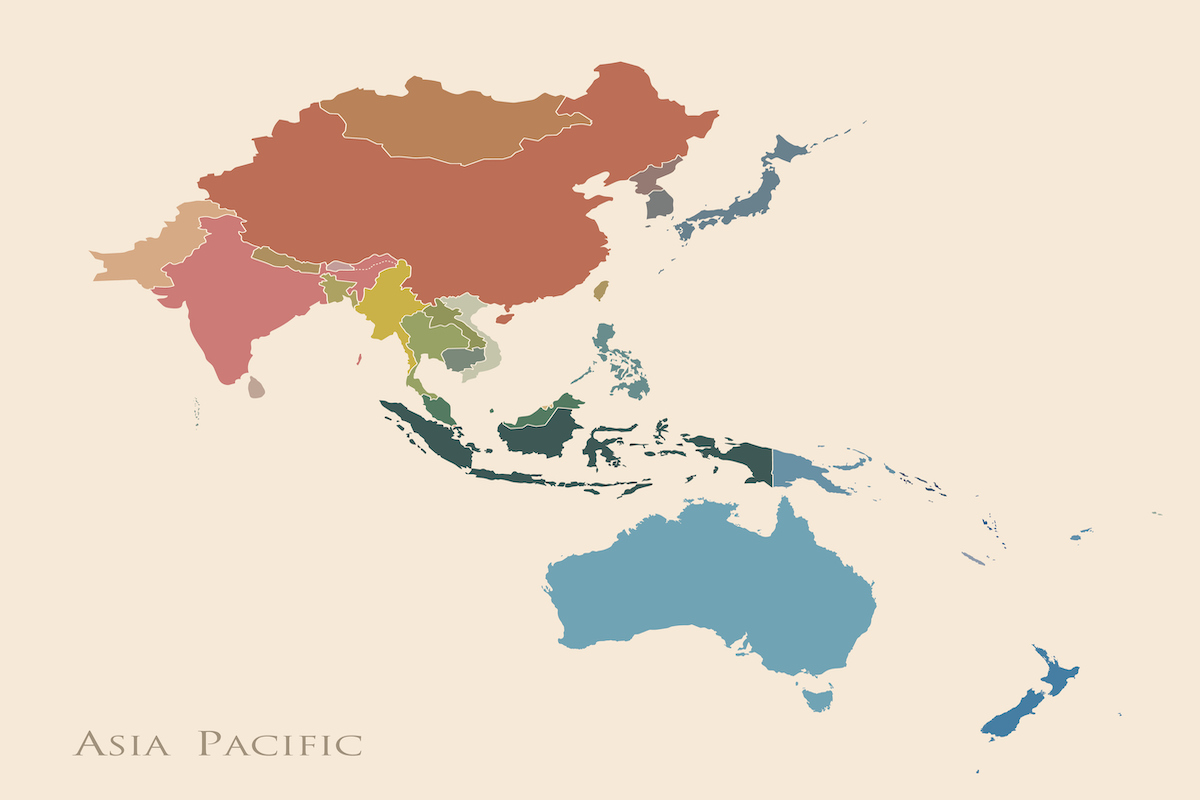Kim Sung Cheol joins talks to headline ‘Goldland’ with Park Bo Young
‘Hellbound’ actor Kim Sung Cheol joins talks with ‘Strong Girl Do Bong Soon’ star Park Bo Young to lead ‘Goldland.’
A coalescing of middle power interests when it comes to trade would allow safety-net pacts to be put in place that would allow these states to support each other if and when subjected to economic coercion. Similarly

(Illustration: iStock)
Middle powers in the Asia-Pacific including India are recalibrating their diplomatic engagement within and outside the region to insulate themselves from Sino-American strategic competition. The effort to influence rulemaking in terms of security, trade, and international law to protect their respective national interests is clearly discernible. According to Asia expert Stephen R Nagy, Director of Policy Studies at the Yokosuka Council for Asia-Pacific Studies, the change in the power balance associated with China’s re-emergence as Asia’s largest economy has once again brought forth concerns about the fallout of US-China friction (now heightened due to ongoing tensions over Taiwan) and raised questions about American leadership in the region among many of the USA-aligned ~ to a greater or lesser degree ~ middle powers such as Australia, Japan, Canada, and India.
Asia-Pacific middle powers are keeping a wary eye on Beijing which despite months of domestic turmoil over its zero-Covid policy, a pandemic-hit economy, the crackdown on tech companies, repression in Xinjiang, sabre-rattling on Taiwan et al has not budged an inch from its policy of fomenting instability in the region. Or, from the Chinese point of view, creating their own version of stability in the Asia-Pacific. China’s continued aggression in the maritime domain, its implementation of policies designed to undermine the emerging digital economy of the region, and its coercive economic behaviour has gathered steam in recent months leaving middle powers especially vulnerable.
Advertisement
As Nagy puts it: “Therefore, the Asia-Pacific’s middle powers are aligning to adapt to these changing dynamics and transforming their diplomacy and cooperation into ‘neo-middle-power diplomacy’.” But it’s not all smooth sailing for the middle powers given they don’t agree on everything and the varying intensity of their bilateral relationships with America. In this scenario, most experts believe the way forward for these states would be to actively seek out alignment partners both inside and outside the region based on a convergence of interests.
Advertisement
The sticking point, however, is likely to be the issue of US involvement; some Asia-Pacific nations would prefer it while others feel it should not be a prerequisite for alignment. But it is increasingly clear that the middle powers are focusing on key areas based on the synergy of their respective comparative advantages. Ideally, says Nagy, these would stress capability-based contributions, such as intelligence gathering, rather than the capacity of the resources available for cooperation. Regularising and institutionalising humanitarian/disaster-relief activities, intensifying maritime cooperation in the South China Sea, Taiwan Strait, and Indian Ocean, and joint transits in the Asia-Pacific are key areas in this respect.
A coalescing of middle power interests when it comes to trade would allow safety-net pacts to be put in place that would allow these states to support each other if and when subjected to economic coercion. Similarly, agreement on strengthening the architecture on free flow of data would provide a fillip to the emerging digital economies of the Asia-Pacific region.
Advertisement